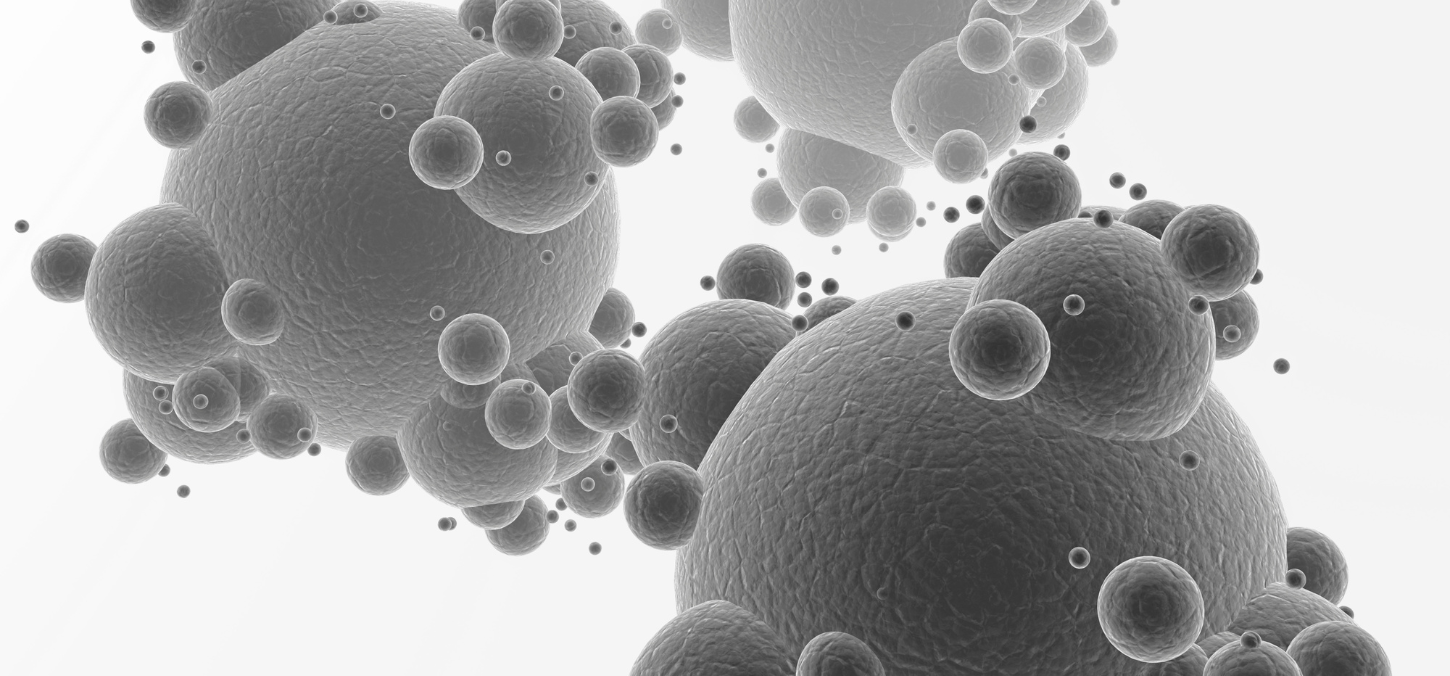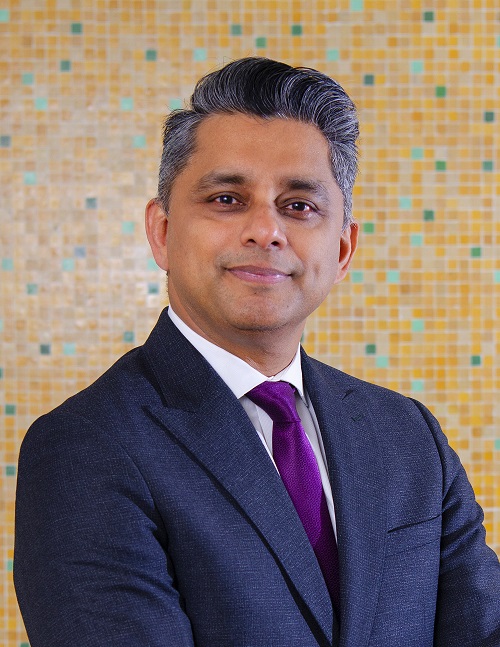
Stimulating the body’s own healing process with nanoparticles
Professor Anil Kishen is receiving Canada Research Chair Tier 1 Funding for his work in oral health nanomedicine. Combining his unique background in clinical sciences (dentistry, endodontics) and biomedical engineering, Kishen has led the Kishen Lab for the past two decades. Over the next seven years, his lab will be using multifunctional bioactive nanoparticles to look at wound healing and cellular crosstalk mechanisms.
What are nanoparticles?
Nanoparticles are materials with overall dimensions in the nanoscale, ie, under 100 nm, that play a key role in nanomedicine. The Kishen Lab works with chitosan-based nanoparticles. Scientists process chitosan powder into nanoparticles that are then optimized through modification of their physical properties, molecular structure, and more. Nanoparticles are optimized differently for each therapeutic application.
“Affordability is important when developing a treatment to reach the masses.” says Kishen. Chitosan powder is derived from chitin, a molecule that occurs in abundance in nature and is readily available.
Healing with nanoparticles
The Kishen Lab has been working with nanoparticles since 2005 and is credited with developing many innovations over the years. They developed a special varnish for orthodontic patients that was a natural alternative to fluoride, and was proven to be just as effective. In 2016, together with Dr. Annie Shrestha (who was a graduate student at the time) they developed a novel new product called the Uno gel – a remedy for tooth sensitivity that offered temporary relief immediately.
In recent years, through various in-vitro and animal studies, Kishen has gone beyond exploring the antibacterial and relief applications of nanoparticles and started examining their wound healing potential.
A significant clinical opportunity presented itself in 2017, when Kishen was contacted about a persistent oral infection case in India. A 17-year-old boy suffered an avulsion injury on four front teeth (a type of dental trauma where the tooth is completely displaced from its socket).
Unfortunately, this boy’ teeth were kept out of the mouth for too long before being reinserted into the socket, which caused significant inflammatory root resorption (IRR) in all four teeth. When IRR occurs, the body can break down and absorb tissues surrounding the tooth and can eventually dissolve the tooth's root structure. The boy was given conventional treatment and medication but continued to show persistent symptoms of infection.
“We applied our functionalized nanoparticle treatment inside the root canals as well as the root surfaces surgically and saw an immediate improvement. We now have more than two years of follow up documentation on this patient’s healing pattern.” says Kishen. This case was the first documentation to highlight successful healing of a teen with IRR using these functionalized nanoparticles and was published Journal of Endodontics in 2021. This article received Journal of Endodontics Award 2022- in the Case Reports and Clinical Techniques category.

“When we started working on nanoparticles, we focused on their antibacterial efficacy. But now we are going a step further. How can we engineer these particles also do wound healing?”
A promising discovery
Apical periodontitis (AP) occurs when caries progress to the point where the nerve inside the tooth (root canal) gets inflamed. Current treatment of saving such teeth involves using chemicals like bleach to clean the tooth so that the infected root canal space that was previously holding blood vessels and nerves can be filled with a natural polymer and cement.
As an alternative approach, in a study on AP, Kishen used engineered nanoparticles to influence the patients’ own natural healing response to allow the patients’ previously inflamed tissue to heal rapidly. He demonstrated how engineered chitosan nanoparticles mediated cellular crosstalk in their healing process. In 2021, this leading-edge study was published in the Bioactive Materials Journal and Journal of Endodontics.
Advancing Canada’s nanomedicine
So far, the Kishen Lab has demonstrated how engineered chitosan-based nanoparticles support healing in patients with different oral health issues, including IRR, and AP, but Kishen sees potential for many other therapeutic applications.
His lab will be exploring utilizing nanoparticles as part of a therapeutic strategy for saving infected natural teeth. Outside of dentistry, the Kishen Lab is on the verge of applying their findings for possible treatment of diabetic wounds and ulcers, by topically modulating host immune response.
Thanks to the Canada Research Chair funding, they will examine how cells crosstalk in the presence of bacteria, and how to stimulate that crosstalk to influence healing. To do this, his team will be developing three-dimensional tissue and wound models to study the crosstalk mechanism. They will also explore optimizing and functionalizing nanoparticles to make them intelligent – able to understand their environment and behave accordingly, which could lead to developing smart release systems.
There are many benefits to exploring chitosan-based nanoparticles for therapeutic applications. Whether it’s their affordability, their ability to be optimized, or the fact that they’re a natural product and not a harsh chemical, Kishen’s use of nanoparticles continues to advance nanomedicine.
Written by Nina Ambros
Photo credit: Getty Images, PASIEKA